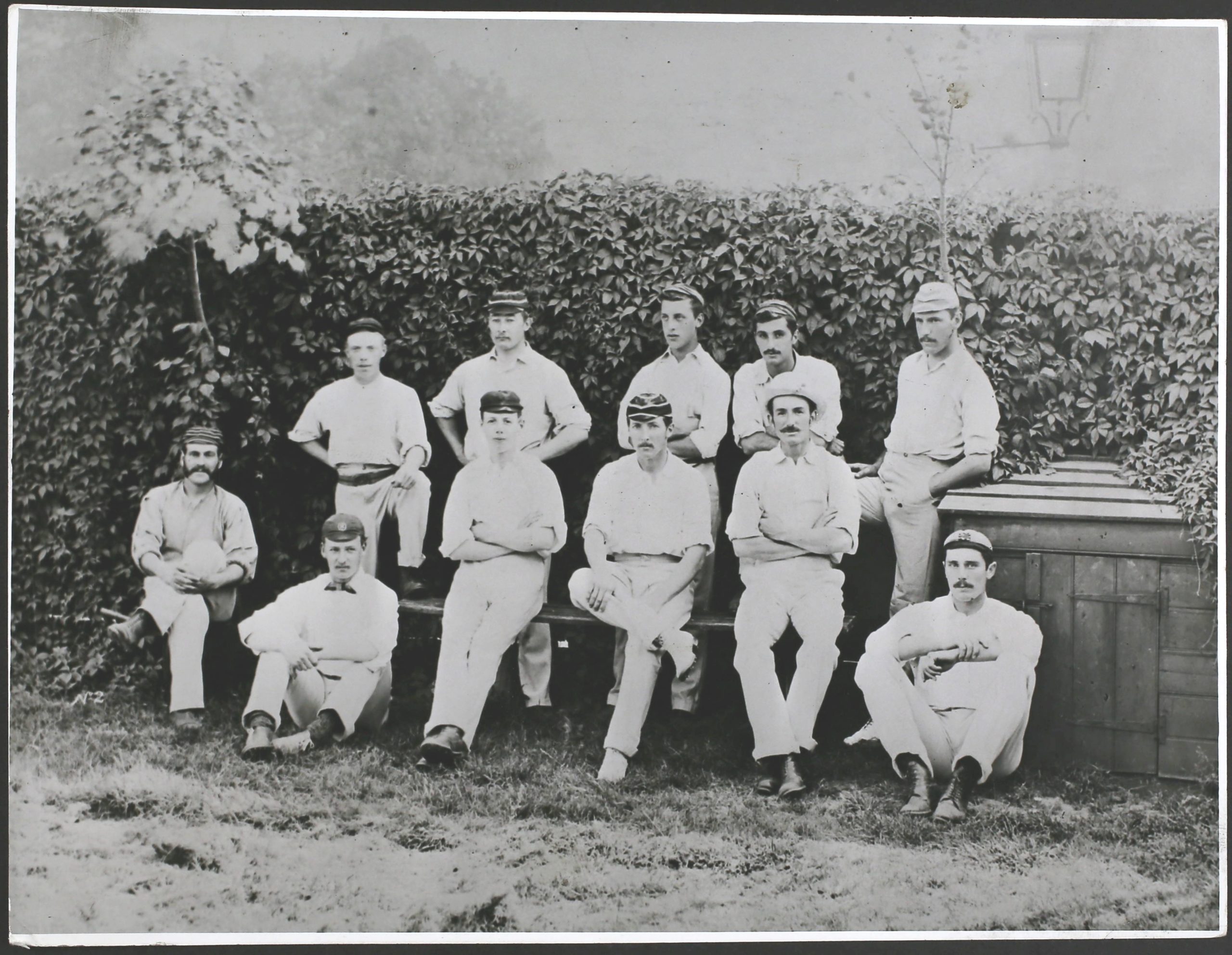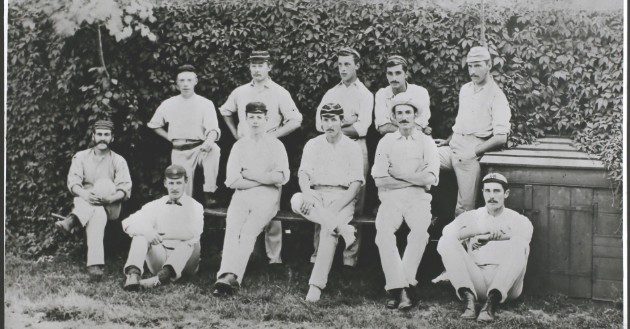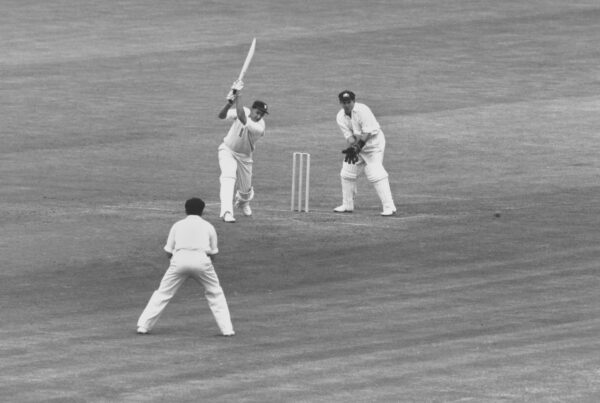Fortunes of sporting teams wax and wane and 140 years ago, Surrey’s form on the field was just about to take them towards one of their most glorious periods, led by John Shuter and helped initially by Ted Barratt. Richard Spiller explains
Reigning county champions, Surrey are no stranger to looking down from the summit.
Last September brought the club’s 20th outright County Championship title – also sharing top spot with Lancashire in 1950 – and their second inside five seasons.
That tally does not include four occasions before the competition became formalised in 1890, when the “champion county” was decided by consensus – which meant the verdicts of Wisden Cricketers Almanack, James Lillywhite’s Cricketers Annual and Cricket: A Weekly Record of the Game. They didn’t always agree either. Maybe it’s just as well social media had not been invented back then.
Having been acknowledged as the first “champions” in 1864, though, Surrey hit hard times and the 1870s were a barren decade for the club.
Turning to the youthful figure of John Shuter, who was just 25 when he assumed the captaincy in 1880, the county required patience while he rebuilt the team. His first season in charge brought just two wins and eight defeats in 15 matches.
The following summer was little better, 10 matches out of 15 being lost and four being won, and there was only limited progress 12 months later as eight out of 17 outings brought defeats although there were six successes.
It was in 1883 that Surrey started to move – 10 out of 21 games bringing victory and six lost – although they made a rocky start. All-powerful Nottinghamshire, who would share the title with Yorkshire, inflicted defeat by an innings and 58 runs in the opener at Trent Bridge, a 51-run setback against Derbyshire making for an unhappy visit to the midlands.
Through the summer Surrey were anything but consistent, winning two games by an innings, one by nine wickets and another by 10 wickets, but losing others by huge margins.
But five triumphs from the last seven games offered hope for the future and at the heart of their renewed strength was left-arm spinner Ted Barrett. In 20 first-class matches for the county that year, he claimed 144 wickets at 15 apiece, taking five in an innings 18 times and 10 in a match on six occasions. The next best came from William Roller, with 48 victims, and although bowling was his stronger suit, he ended up being better known for his batting thanks to a magnificent portrait which hangs in the pavilion at the Kia Oval. Leading batsman by some distance was Walter Read, making 1,544 runs at 49.8.
(John Shuter)
Barratt had achieved fame in 1878 by taking all 10 wickets for the Players against an Australian touring side and passed 100 victims in a season three times. Possessing a low, side-arm action, Barratt gained a great deal of drift but spun the ball hard too, Wisden claiming that in favourable conditions he got “more work on the ball than almost any cricketer of his generation”. He possessed a deadly quicker delivery which got through many defences.
He would pass 100 wickets for the final time 12 months later but dramatic swings in form had marked his career and in 1885 10 outings yielded just 15 wickets before losing his place.
WG Grace felt Barratt often suffered from a dearth of support among Surrey’s attack, not least a shortage of seamers, and he left the club in 1886. His luck didn’t improve much after that, either. He had already become landlord of the Duchy Arms – just round the corner from The Oval in Bowling Green Street – but in 1889, aged 46, he died of tuberculosis.
His family continued to run the establishment until 1910 and in 1935 it changed name to the Carpenters Arms, which became a popular watering hole of both staff and members until the final years of the 20th century.
Under Shuter, Surrey’s fortunes improved through the 1880s, being acclaimed as champion county in 1887 and 1888 and then sharing the accolade in 1889 with Lancashire and Nottinghamshire.
That was the platform to become the first official champions in 1890 and following it up for the following two seasons. Shuter finally stood down a year later but handed over a still powerful team to his successor Kingsmill Key which would dominate the decade.

What else happened in 1883?
Queen Victoria, who reigned from 1837 until 1901, boasted a massive empire across the world. Her Prime Minister, Liberal William Gladstone, was in the second of four terms of office.
Irish terrorists planted bombs in London, causing injuries at the Local Government Board in Mayfair although a device left at the offices of The Times failed to explode. Two explosions on the London Underground caused more injuries.
The GPO introduced a parcels post service.
The Royal College of Music was opened in London.
Two disasters in close order caused a large death toll. In June, 183 children were asphyxiated at a concert hall in Sunderland while rushing for treats, while soon after 124 people were killed when the SS Daphne sank shortly after being launched in Glasgow.
The Brooklyn Bridge in New York was opened, having taken 14 years to construct.
Alexander III was crowned Czar of Russia.
The Orient Express train service ran for the first time, between Paris and Vienna.
In the FA Cup final, Blackburn Olympic – the first northern working class team to reach that stage, beat Old Etonians – the last amateur side to do so – 2-1 at The Oval.
England won rugby’s inaugural Home Nations Championship, winning all three matches against Scotland, Ireland and Wales.









